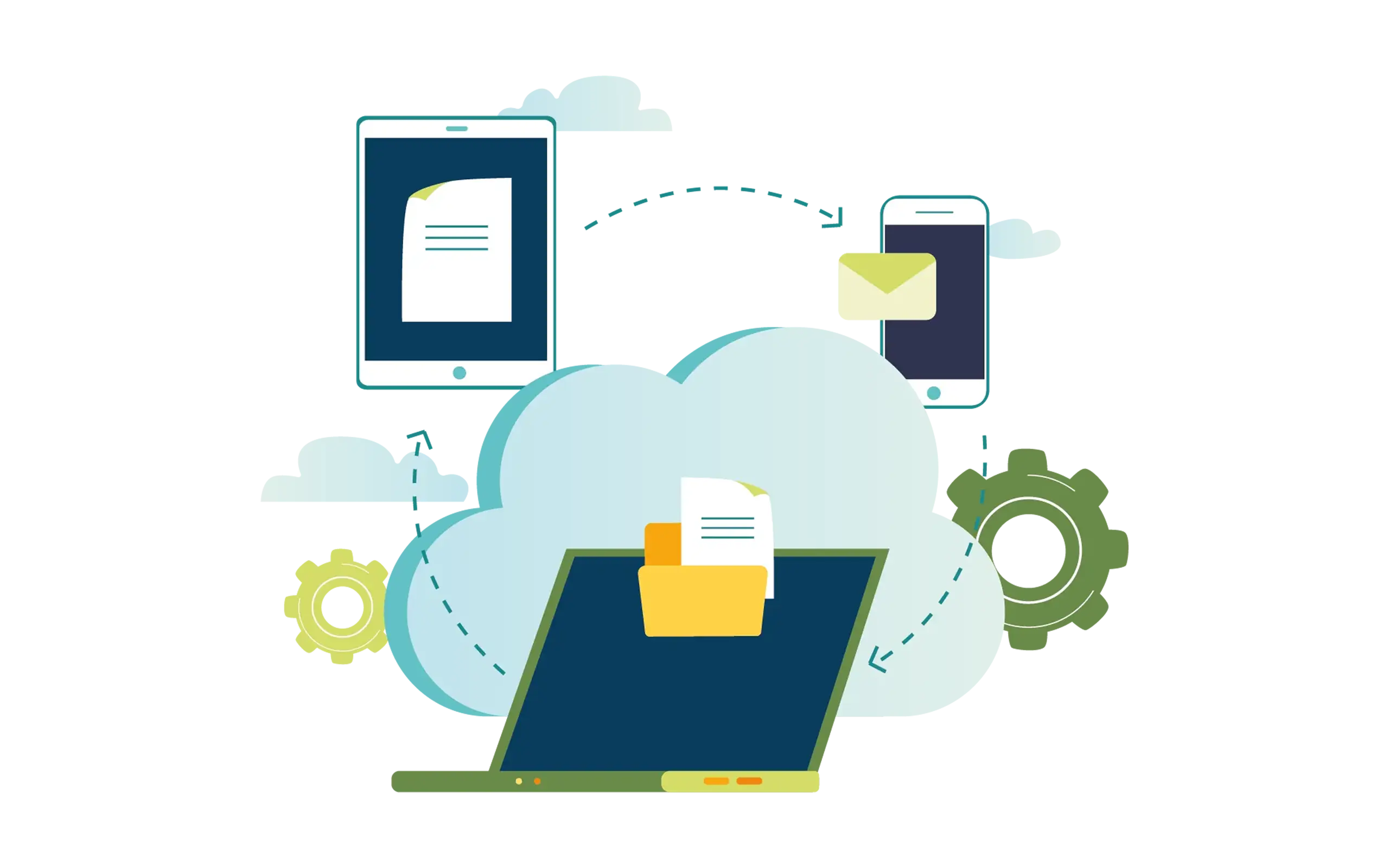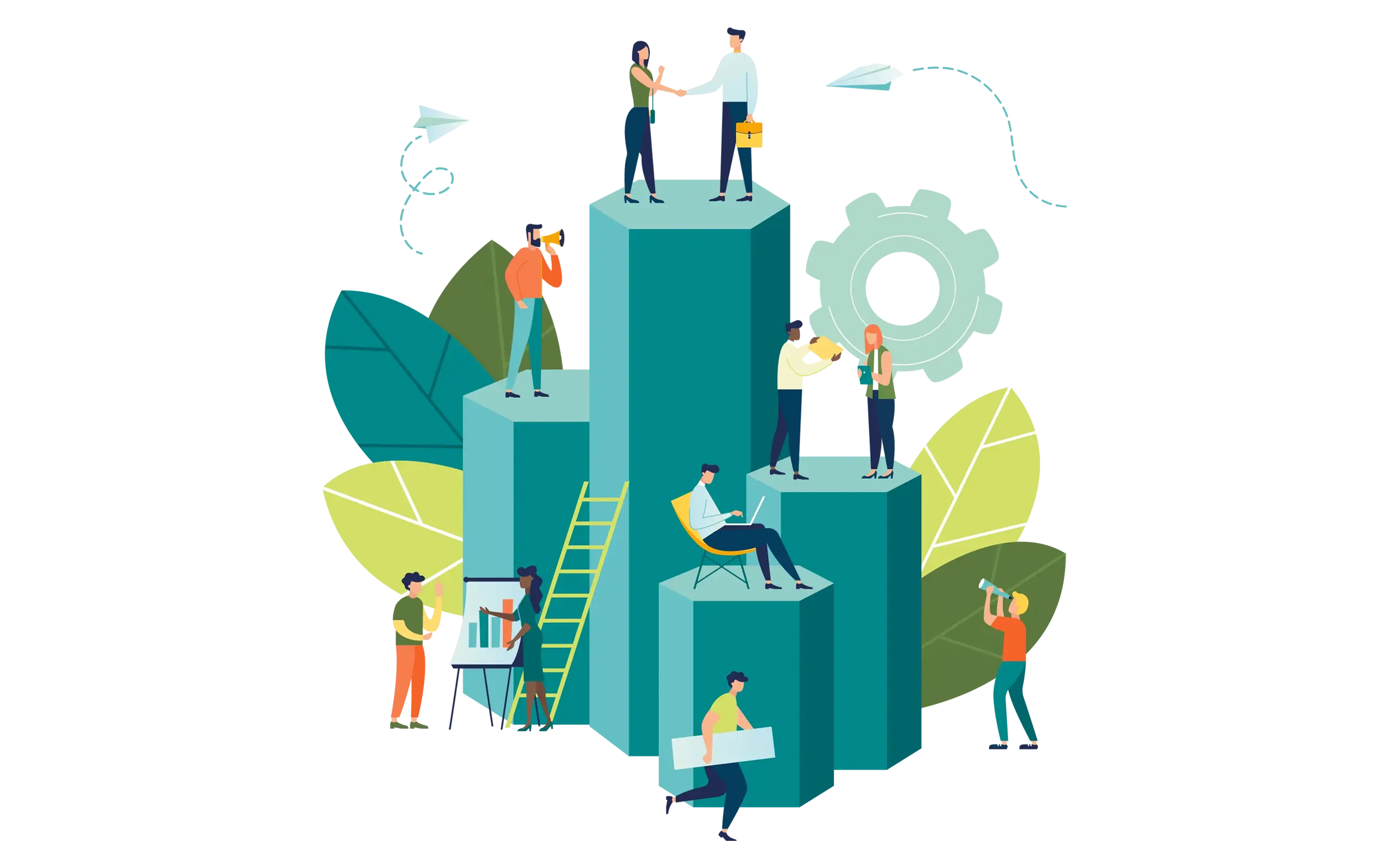Traditionally, cemeteries have manually managed their records on paper, spending precious time that could be spent serving their families better. The manual process means creating a new paper record for each activity performed by the cemetery, including sales, burials, monument installations or work orders, and often make it difficult to see a true picture of inventory or operations. These records are filed in different filing cabinets within the office, documenting key information more than once. When families come in with questions about their loved ones or to purchase property, finding the information is time-consuming as you need to locate and read through various documents. Now, with modern software, information only needs to be entered once to update all corresponding maps and records, and everything can be found in one place, saving time and providing a much better experience to families. These streamlined processes can also generate an ROI for the cemetery.
Implementing or upgrading your cemetery software is more than a capex project. The right cemetery software should provide a measurable ROI to your organization. Software solutions like those provided by webCemeteries do more than replicate your old paper processes in a computer program. Proper software should provide new and better ways to serve families, increasing your service levels and freeing up staff to spend more time in value-added interactions and spending less time doing paperwork.
Cemetery Management software allows you to streamline your sales process. When your cemetery is digitally mapped, it’s easy to find available properties, put them on hold, and even send automated follow-up reminders until the deal is closed. There is no longer a need to record information in 4 or 5 different places. Once a sale is entered in your software, all of the records and maps will update at once, and documents like contracts, interment orders, and deeds can be automatically generated. This smoother process removes duplication of effort and reduces the amount of time staff spend doing paperwork. If your staff is paid an hourly rate, it’s easy to calculate how much money is saved. Even better, they can now use this time to interact with customers, adding additional value.
A tremendous amount of money can be generated – and saved – through a better sales process. Digital contracts allow your team to sell property and services out of a digital catalog and off of an interactive map, where prices and payment plans are automatically calculated, and the family receives a simple, modern purchasing experience. This process drives faster sales, and eliminates the math errors that often lead to lost revenue, discounts, and upset customers.
Automating the receipt of payments can also save a substantial amount of time and improve your receipt of revenue. Can you imagine if after a contract is signed, the family’s credit card or bank account is automatically charged each month right down the amortization schedule, with receipts automatically sent out? Instead of spending time processing payments or calling families who are late on bills, you can spend time serving customers.
The right software solution can also elevate your families’ experience when they request work orders. If your work order system is manual and paper-based, you’ve probably dealt with lost maintenance requests, loops that never got closed, and frustrated families. Digitizing work orders improves service to both your families and your staff. One Midwest cemetery shared that after updating their work order process they received a complaint from a family. Thanks to their process they were able to quickly place a maintenance request, correct the issue, and follow up with the family. The family was so impressed by their swift response and high level of service that they purchased a family estate, driving additional revenue to the cemetery.
Another benefit of Cemetery Management Software is the ability to digitize burial records. Although the time and expense of generating electronic records can seem daunting, this can actually become a revenue generating venture. Paper records, while familiar, are a liability. They are susceptible to being lost, burned, flooded, or otherwise destroyed, and you must spend money to maintain and protect them. And while they sit in your records room, they aren’t doing anything to grow your business.
When burial records are digitized and uploaded to your website, they become an asset to your cemetery. Burial record searches are often the number one visited page on a cemetery website. Many people, from family members to genealogy enthusiasts, appreciate the ease of finding this information themselves at their own convenience instead of contacting your cemetery during business hours and waiting for your staff to search for answers, or worse – going to a third party website to find the information they’re seeking. While these visitors are on your website, you can make the most of their time there by including marketing messages or links to available properties. This can passively generate revenue for your cemetery in a way that fulfills the cemetery’s mission and sacred trust within the community. You are simply giving visitors helpful information while providing a useful and appreciated service.
Your goal should be to drive continuous online interaction with your cemetery as families search your digitized records and maps, and show them that you are service oriented and easy to work with, with beautiful facilities and all the options they need. Virtual tours can drive interest to unique aspects of your property. Options for sharing memories and photos of loved ones after they are discovered on your website can drive further engagement. In today’s digital-centric world, many people thinking about their end of life plans will judge the suitability of your cemetery based on their first impression of your website and the ease of interacting with you online. Publishing your records and maps with calls to action and opportunities for interaction is key.
In many of these cases, ROI can be clearly quantified. Every hour freed up from administrative record-keeping adds a tangible value to your business. For example, while your office staff may make a specific rate and have a defined cost to your company as they complete paperwork, there is a much greater opportunity cost for the work they could be doing serving more families or adding additional value to other areas of the business. Your staff can use the time saved to focus on interacting with families and other activities more likely to add additional revenue.
We have seen some smaller cemeteries who have known they were priced lower than the market use software implementation as a seamless opportunity to institute a price change. Because the software allows them to provide a superior level of service, they can use that to help explain and justify a new price structure. If you are able to raise your prices by, for example, $250 per burial, and you expect 75 burials per year, this would generate $18,750 in new revenue every year.
Every hour freed up from administrative record-keeping adds a tangible value to your business.
You can also measure changes in your website traffic to assign a value to those visitors. For example, if you have five new people from each burial interacting with your improved website to purchase flowers, find loved ones, share memories, or look at tours, you should be able to see a corresponding increase in burial sales from those interactions. Although this metric is a little harder to calculate, you can look at Google Analytics or similar tracking programs to see how many people have visited certain pages, and track the increase in sales over time. It’s worth noting that there may be a lag between when a visitor starts interacting with your website and when they make a burial purchase, but these passive leads can still be extremely valuable in creating a sales pipeline.
Done right, software automation doesn’t remove your personal interactions with families–it amplifies them. Technology allows you to spend more time with people and less with paperwork, reducing tedious and repetitive tasks. A well constructed, interactive website helps you cast a wider net and reach more people who may later become customers. Your burial records go from a liability to an asset, allowing you to generate passive revenue from your website while reclaiming your time to do what you really love–providing exceptional service to the families in your care.
This article was first published in the Southern Cemetery, Cremation and Funeral Association Newsletter.
Related Articles
Articles related to the one you just read!
What are cemeterians saying about webCemeteries?
This [website] project was quite an odyssey with plenty of twists and turns. The webCemeteries website design team weathered the storm. I think it’s more than fair to say that without their efforts, we would not have gotten this over the finish line…and with such an excellent outcome.
Mark J. DePalma
Forest Lawn Buffalo




